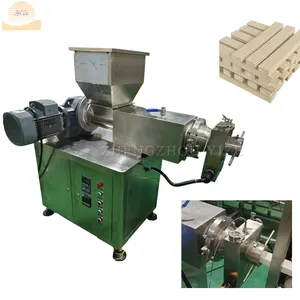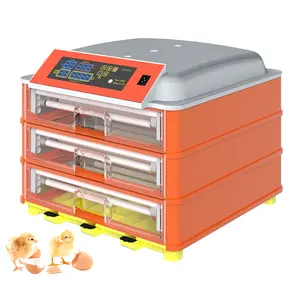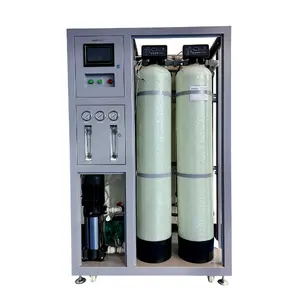Popular in your industry








































































Related Searches:

































































































































Top categories
About hydroponic in india
Hydroponic farming, a subset of hydroponic agriculture, is a method of cultivating plants in a nutrient-rich water solution without using soil. It is a practice that has gained significant traction in India, especially among urban farmers and those looking to grow crops in limited spaces. Hydroponic farming allows for the cultivation of a wide variety of crops, from leafy greens to fruiting plants, and has proven to be a sustainable and efficient way of growing food. The system's adaptability to various settings makes it an excellent choice for both commercial and small-scale farming in India.
Advantages of hydroponic farming in India
One of the primary advantages of hydroponic farming is its ability to maximize crop yield in limited space. This is particularly beneficial in a country like India, where arable land is often scarce. By utilizing vertical farming techniques and other space-efficient methods, hydroponic systems can produce significantly higher yields compared to traditional soil-based farming. Moreover, hydroponic cultivation in India offers faster growth rates and higher crop yields, addressing the challenges of food security and agricultural sustainability in the country.
Another advantage of hydroponic farming is its water efficiency. In a water-scarce country like India, the ability to grow crops using up to 90% less water than traditional farming methods is a significant benefit. This is achieved through the closed-loop system of hydroponics, where water is recirculated and only a fraction is lost to evaporation or runoff. Additionally, the controlled environment of hydroponic systems allows for precise nutrient delivery, reducing the overall water consumption while ensuring optimal plant growth.
Types of hydroponic systems in India
There are several types of hydroponic systems used in India, each with its unique characteristics and suitability for different crops and settings. The Nutrient Film Technique (NFT) is one of the most popular hydroponic systems, particularly in urban and commercial settings. The NFT system involves a shallow channel or gully through which a thin film of nutrient solution flows, providing a constant supply of water and essential nutrients to the plant roots. This system is highly efficient in water and nutrient use and is well-suited for growing leafy greens and herbs.
Another commonly used hydroponic system in India is the Deep Water Culture (DWC) system. In this system, plants are grown in net pots or containers filled with a nutrient solution, allowing their roots to be submerged in oxygenated water. The DWC system is known for its simplicity and is often used for growing plants with larger root systems, such as tomatoes and peppers. Additionally, the Ebb and Flow (or Flood and Drain) system is a popular choice for both small-scale and commercial hydroponic farming in India. In this system, plants are placed in a grow tray or bed, which is periodically flooded with the nutrient solution from a reservoir. The solution then drains back, allowing the roots to receive both water and oxygen. The Ebb and Flow system is versatile and can be used to grow a wide range of crops, making it a preferred choice for many hydroponic farmers in India.
Challenges of hydroponic farming in India
While hydroponic farming offers numerous advantages, it also comes with its set of challenges. Like any other farming method, hydroponics requires careful monitoring and management to ensure the optimal growth of plants. This includes maintaining the proper pH and nutrient levels in the water solution, as any imbalance can lead to stunted growth or nutrient deficiencies in plants. Additionally, as hydroponic systems are often dependent on technology, power outages or equipment failures can pose a risk to crop health, especially in regions with unreliable electricity supply.
























































